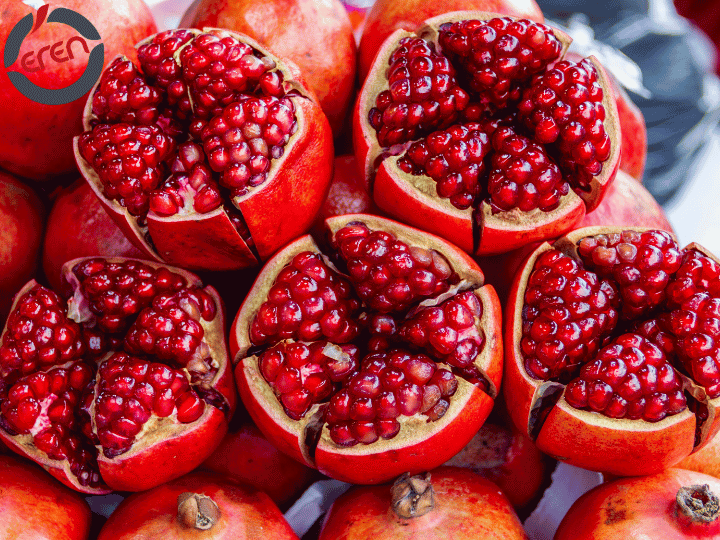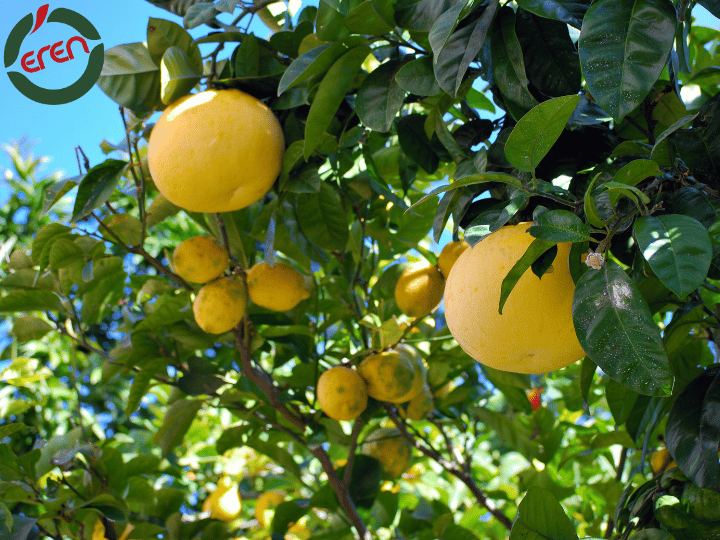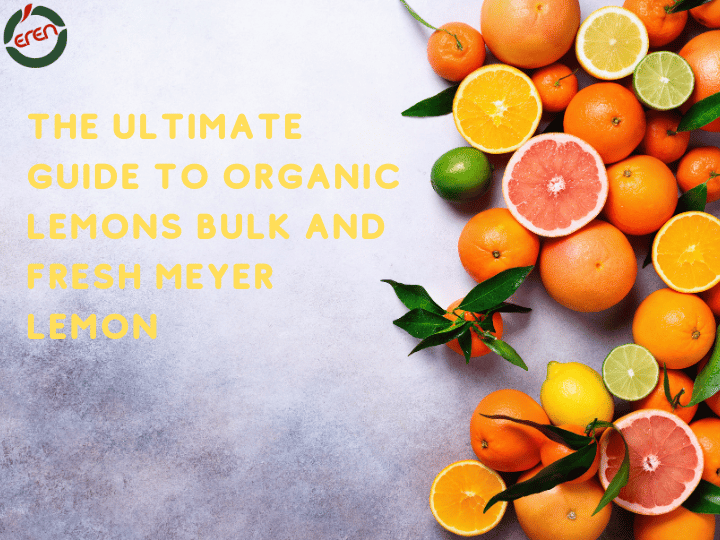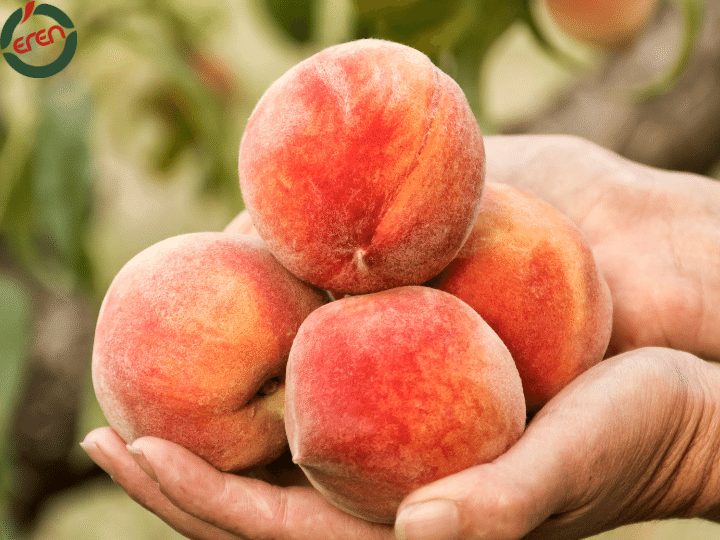Expert Pomegranate Grower Ensuring the Best Produce
Pomegranate Production: Cultivation and Quality
Pomegranates are highly valued for their refreshing juice and numerous medicinal benefits. Their hardiness, low maintenance requirements, high yields, and superior qualities make pomegranate production highly profitable. Understanding the proper cultivation methods is crucial for obtaining high-quality fruits.
Top Pomegranate Producing Countries
In terms of pomegranate area and production, India leads the world, accounting for over 70% of the global market. Other significant pomegranate producers include Iran, Turkey, Spain, Tunisia, Morocco, Afghanistan, China, Greece, and Japan. Pomegranates are grown on 1.12 lakh hectares of land in India, representing 1.7% of the country’s total fruit-growing area.

Climate Requirements for Pomegranates
Pomegranates thrive in semi-arid climates with cold winters and hot, dry summers. The ideal temperature for fruit development is 38°C. They require a hot and dry climate during fruit development and ripening. The fruit’s sweetness suffers when exposed to high humidity, but pomegranates are hardy and can survive in drought conditions.
Soil Requirements for Pomegranate Produce
Pomegranates can be grown on various soil types but prefer deep loamy or alluvial soils. They can tolerate slightly alkaline soils and thrive even in poor soils where other fruits fail to grow. Pomegranates are also rated as salt-hardy plants.
Planting and Propagation of Pomegranate
Before planting, the site should be fully prepared and leveled. Pits measuring 60 x 60 x 60 cm should be filled with a soil mixture, compost or farmyard manure, and superphosphate. The optimal planting density is crucial for maximizing productivity, and the best planting time varies by region.
Pomegranate plants grown from seed vary greatly, so they are usually propagated vegetatively using cuttings. The best time for cuttings is between December and January or September and October. Pomegranates can also be propagated using air-layering and ground-layering methods.
Flower Regulation and Bahar Treatment in Pomegranates
Pomegranates begin fruiting about four years after planting and continue for 25 to 30 years. Economic yields are generally obtained after ten years. To produce higher yields during specific periods, water is withheld, manures and fertilizers are applied, and light irrigation is given. This process, known as bahar treatment, encourages flowering and fruiting.

Irrigation and Maintenance for Pomegranate Growers
Regular irrigation is essential for newly planted saplings to establish roots and promote growth. Irrigation intervals depend on the soil, climate, and intercrops. Drip irrigation is highly beneficial, especially from blossoming through fruit ripening, to prevent moisture irregularities that can cause flowers and small fruits to fall or develop cracks.
Intercropping and Training
Intercropping with vegetables such as moong, peas, beans, and tomatoes is beneficial in pomegranate orchards. Training pomegranates as multi-stemmed or single-stemmed trees can help maintain desired shapes and support higher yields.
Pruning and Harvesting Pomegranates
Pomegranates typically do not require extensive pruning except for removing suckers, dead plant parts, and diseased branches. Pruning is crucial for developing a sound tree framework and encouraging fruiting. Pomegranates are harvested 5-7 months after flowering, with different bahar treatments yielding fruits at various times of the year.
Sorting, Grading, and Packaging
Proper sorting and grading of fruits post-harvest ensure higher market value. Fruits are graded into five categories (A, B, C, D, and E) based on weight and diameter. Packaging in bamboo baskets or wooden boxes with dried grass or paddy straw is common for transportation.
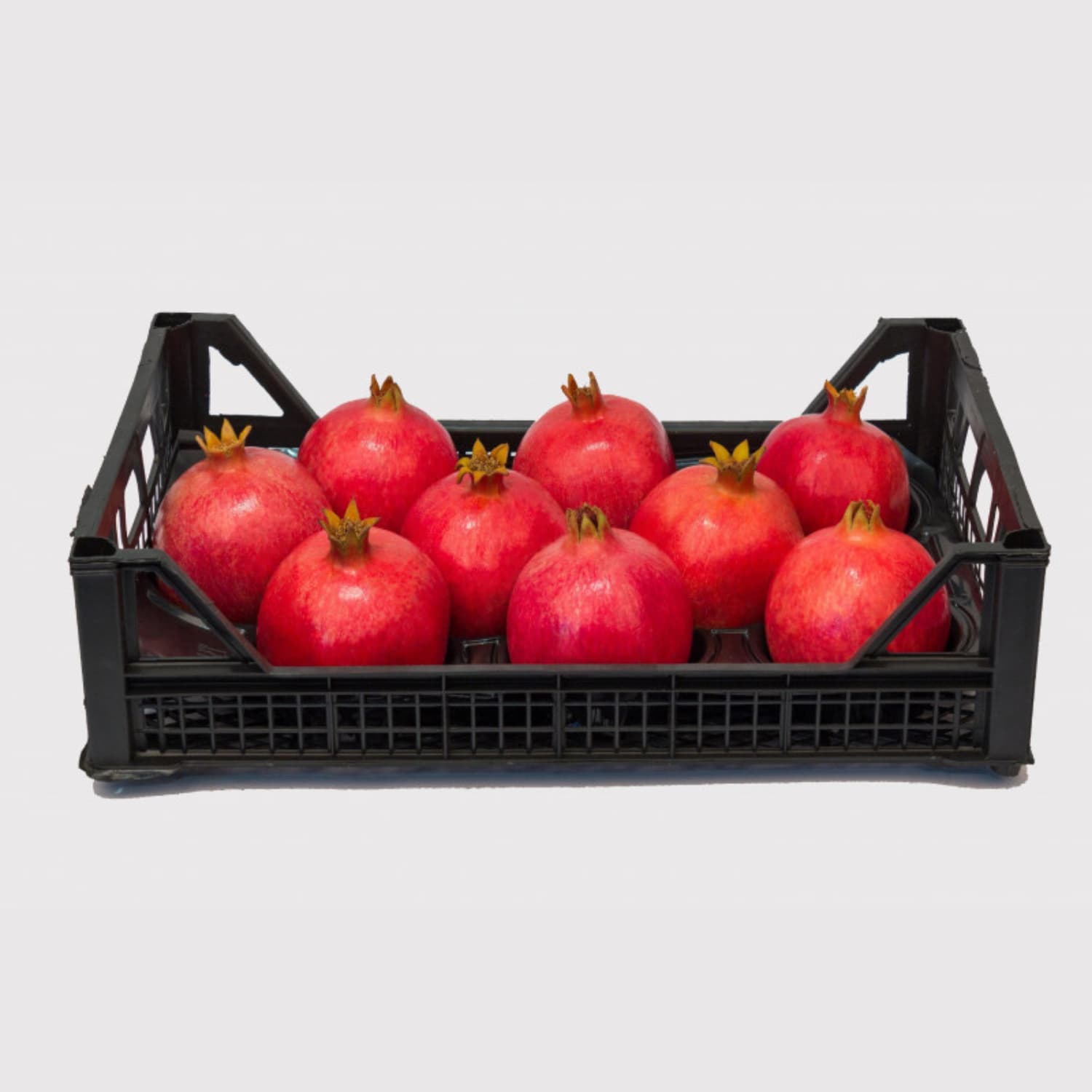
Storage and Disease Management in Pomegranate Producing Countries
Pomegranates can be stored at 4.5°C and 80-85% relative humidity for 5-6 months. Proper disease management practices, including the removal of infected plant material and maintaining proper drainage, are essential for healthy pomegranate production.
Major Diseases and Management in Pomegranates
Fusarium Wilt
Symptoms of Fusarium wilt include branch browning, leaf drooping, and eventual drying. The wood shows dark greyish-brown discoloration when cut open. This disease can persist in infected plant waste and soil for years. It spreads through infected planting materials, weeding, manure application, and pruning tools.
Management: Remove and destroy infected plant material. Clean grafting and pruning equipment before and after use. Ensure proper drainage to prevent infection.
Anthracnose
Anthracnose manifests as small black dots on fruits, leaves, and flowers, which turn into dark brown depressed marks. This leads to yellowing and wilting of leaves, defoliation, and fruit rot.
Management: Opt for Ambe bahar or Haste varieties, maintain wider tree spacing, and regularly prune unhealthy branches and leaves.
Bacterial Leaf Spots
Bacterial leaf spots cause uneven, water-soaked patches on leaves, leading to premature defoliation. Stems and branches show symptoms like cracking and girdling, while fruits develop dark brown, greasy spots.
Management: Maintain proper plant and row spacing, choose disease-free seedlings, and use organic manures and micronutrients as advised.
Root-Knot Nematode
The root-knot nematode causes knots or galls on roots, leading to growth retardation, leaf yellowing, and dropping of mature plants. This disrupts nutrient intake, weakens plants, and reduces fruit size.
Management: Use nematode-free stock and resistant crop varieties. Implement crop rotation and clean planting materials to control the spread. Apply carbofuran during sowing to check nematode growth.
Pest Management in Pomegranates
Anar Butterfly / Pomegranate Fruit Borer
The caterpillar of the Anar butterfly eats young fruits and feeds on the pulp and seeds, causing fruit loss and rot.
Management: Maintain tree health through clean cultivation, screen fruits with polythene or paper bags, and eliminate harmed fruits and compositae family weeds.
Pomegranate Thrips
Thrips rasp the surface of leaves, consuming cell sap and causing leaf tips to turn brown and curl. This decreases the fruit’s market value.
Management: Keep the basin clean, ensure proper aeration through training and trimming, and destroy harmed plant parts.
Fruit-Sucking Moth
Fruit-sucking moths cause round pinhole-like spots on feeding sites, leading to yellowish-brown discoloration and fruit rot.
Management: Dispose of fallen fruits, bag small-scale fruits, generate smoke at sunset in orchards, eliminate weeds, and use light traps to catch and eliminate moths.
Pomegranate Production in Turkey
Turkey is one of the top pomegranate producing countries, known for its high-quality fruits. Turkish pomegranates are prized for their sweet flavor, vibrant color, and nutritional benefits. The favorable climate and soil conditions in Turkey contribute significantly to the quality and yield of pomegranate produce. Pomegranate cultivation in Turkey involves traditional and modern agricultural practices that ensure the production of superior quality fruits.
Turkey's pomegranate produce is exported to numerous countries, meeting diverse market demands. The country’s pomegranate industry benefits from extensive research and development, focusing on improving cultivation techniques, pest management, and post-harvest handling to maintain the quality of the produce.
EREN, also a pomegranate producer in Turkey, leverages these advanced agricultural practices to ensure the best quality pomegranates. Our commitment to excellence in cultivation, harvesting, and processing sets us apart as a leading supplier in the global market.
Why Choose Eren as Your Pomegranate Supplier?
Established in 1993 in Mersin, Eren began as a small export company focusing on citrus. Over the years, we have expanded to 63 countries, offering over 60 varieties of fruits and vegetables. Our state-of-the-art production facility in Tarsus, coupled with our rigorous quality control measures, ensures that we deliver only the best products to our clients.
With experience in diverse markets, advanced logistics, and a commitment to quality, Eren stands out as a reliable pomegranate supplier and pomegranate grower. Our logistics department provides comprehensive solutions, including Trucking, Container, Reefer, and Air Cargo options, ensuring timely and safe delivery worldwide.
Contact us today to start a fruitful partnership and bring the best pomegranate produce to your customers.

 Lemon
Lemon Mandarin
Mandarin Orange
Orange Grapefruit
Grapefruit Fruits
Fruits Vegetables
Vegetables